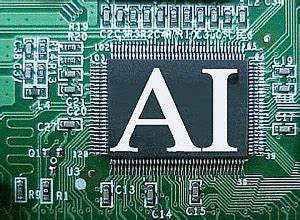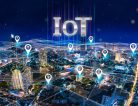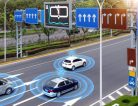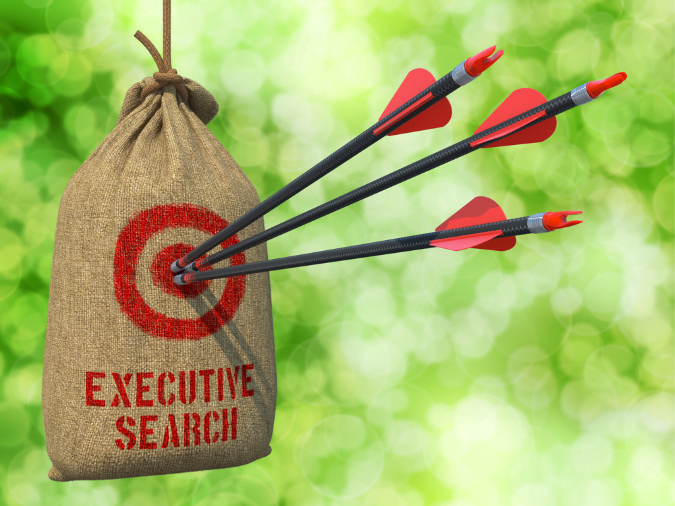Ai impacts aerospace power management in the way it can collect data and make decisions on conversion, generation, and distribution. In our modern technological society, controlling the flow of electricity is necessary to powering buildings, maintaining efficient computer systems, and providing energy to vehicle accessories. And it is critical to operating systems on airplanes and spacecraft. Engineers are turning to efficient design to conserve and control power by looking to how Ai impacts aerospace power management systems for smart solutions.
Perhaps the best example of this quest for improved aerospace technology through Ai is being done at Carnegie Mellon University. In 2015, The Boeing Company joined with the university to establish the Boeing/Carnegie Mellon Aerospace Data Analytics Lab. Boeing’s CIO called it “a unique aerospace partnership”. And the company sank $7.5 million into the project.
Boeing studies Ai impacts Aerospace Power Management
“The goal is to find ways to use artificial intelligence and big data to capitalize on the enormous amount of data generated in the design, construction and operation of modern aircraft,” according to a Carnegie Mellon news release. The author Byron Spice writes that aircraft are constantly generating data. He calls aeronautics “one of the most data-intensive industries”.
In coverage of this partnership, Wired Magazine proclaimed: “And now, Ai invades the skies.” James Carbonell, project leader and a computer scientist at the university, sees great promise in this endeavor. “We’re working to develop algorithms that can process all that, understand it, and create a unified way of analyzing information,” he said.
The implementation of Ai impacts aerospace power management systems on airplanes and space ships extends to all areas and subsystems. Just as car makers have entrusted much of the decision-making to onboard computers, the aerospace industry is installing smart technology into air and space vehicles. In fact, the European Space Agency (ESA) is developing space applications for the same Controller Area Network (CAN) technology being used in automobiles. In the ESA paper “Artificial Intelligence for Space Applications”, the authors identify the subsystems of a spacecraft, all of which may be guided by Ai:
Where Ai Impacts Aerospace Power Management
- attitude determination and control
- telemetry tracking and command
- command and data handling
- power
- thermal structures and mechanisms
- guidance and navigation
Load Shedding and Ai
So, what can artificial intelligence do to improve the power subsystem, both in planes and spacecraft? Perhaps the most important task in learning how Ai impacts aerospace power management is making sure you’ve got enough to get home safely. And to do that, sometimes you must turn off everything except the most critical of systems. In aviation — as well as in the electric power industry — that process is called “load shedding”.
 That’s how NASA brought the Apollo 13 crew home. Smart people used intelligent methods to limit the power consumption in the spacecraft to direct energy to where it was most needed. Many people credit the contracting firm Kepner-Tregoe and their problem analysis method for saving the astronauts. And who hasn’t seen the movie “Apollo 13” directed by Ron Howard?
That’s how NASA brought the Apollo 13 crew home. Smart people used intelligent methods to limit the power consumption in the spacecraft to direct energy to where it was most needed. Many people credit the contracting firm Kepner-Tregoe and their problem analysis method for saving the astronauts. And who hasn’t seen the movie “Apollo 13” directed by Ron Howard?
In dramatic fashion, astronauts in a mock lunar module simulated actions required to control the use of onboard power. What if a computer system could make all those calculations and decisions for you? That’s the principle behind AI-based load shedding. One aviation blog defines load shedding as “reducing demands on the aircraft’s electrical system when part of that system fails”.
The author gives us three principles that apply to the process (which he believes will also work in load shedding our personal workload):
- Know when to load-shed
- Know what to load-shed
- Know how to load-shed
The journal Air Facts says that using AI in the cockpit is nothing new. “In fact,” writes author John Zimmerman, “many pilots have been flying with very primitive forms of Ai for years, even if they didn’t realize it: autopilots, FADEC, and load-shedding electrical systems all use computer power to make intelligent decisions.”
Smart controllers/ smart software
Making aircraft and spacecraft smarter requires advancements in both hardware and software. Just as innovations in drones and unmanned vehicles are making strides, innovations for manned and unmanned aircraft continue to get show promise.
A power controller from Data Device Corp offers smart system management. A company spokesman says, “DDC’s new high-power density SSPC offers a reliable and efficient solution, optimized for aircraft mission systems that can benefit from the functionality provided by smart aerospace power management,”
Space News writer Debra Warner tells how NASA is putting artificial intelligence into everything. In the article ”Beyond HAL: How artificial intelligence is changing space systems”, she quotes NASA scientist Kelly Fong: “Work we are doing today focuses not so much on general intelligence but on trying to allow systems to be more independent, more self-reliant, more autonomous.”
Current Ai impact on aerospace power management systems may not be as smart as the HAL 9000 unit in the movie 2001: A Space Odyssey. But the smart software being developed and used today is still capable of predictive analytics that could help prevent future disasters like those experienced in the Apollo and Challenger space programs.
Conclusion
Of course, how AI impacts aerospace power management systems in other ways besides load shedding. Just as the electric smart grid keeps the lights on, intelligent power systems on planes and space ships can keep pilots, astronauts, and passengers moving toward the completion of their journey. Whether it’s improved power distribution, error control, load shedding, or guarding against disaster, artificial intelligence shows great promise for continued advancement in aerospace system control. It seems that we are just getting started.








